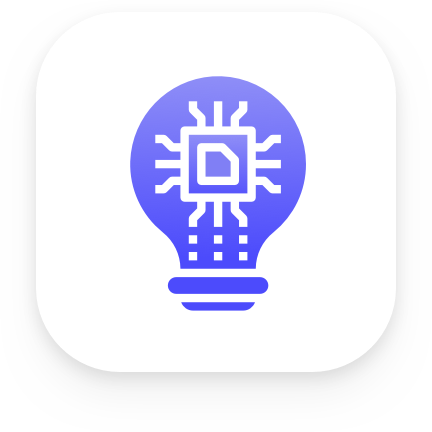Comments
There's unfortunately not much to read here yet...
Understanding people's actions and interactions typically depends on seeing them. Automating the process of action recognition from visual data has been the topic of much research in the computer vision community. But what if it is too dark, or if the person is occluded or behind a wall? In this paper, we introduce a neural network model that can detect human actions through walls and occlusions, and in poor lighting conditions. Our model takes radio frequency (RF) signals as input, generates 3D human skeletons as an intermediate representation, and recognizes actions and interactions of multiple people over time. By translating the input to an intermediate skeleton-based representation, our model can learn from both vision-based and RF-based datasets, and allow the two tasks to help each other. We show that our model achieves comparable accuracy to vision-based action recognition systems in visible scenarios, yet continues to work accurately when people are not visible, hence addressing scenarios that are beyond the limit of today's vision-based action recognition.
There's unfortunately not much to read here yet...
Ever having issues keeping up with everything that's going on in Machine Learning? That's where we help. We're sending out a weekly digest, highlighting the Best of Machine Learning.
 Best of Machine Learning
Best of Machine Learning
Discover the best guides, books, papers and news in Machine Learning, once per week.